Retro collectibles have captivated enthusiasts for decades, offering a unique window into the past. For many, the allure lies in the stories behind these items—their craftsmanship, historical significance, and cultural impact. Whether you’re drawn to vintage fashion, decor, or memorabilia, exploring retro collectibles can be both a hobby and a journey of discovery. This guide will walk you through the best ways to begin collecting retro items, from understanding their appeal to finding reliable sources and preserving your finds. By diving into the world of retro collectibles, you’ll not only curate a meaningful collection but also connect with a passionate community of fellow enthusiasts. Let’s explore how to start your journey and uncover the treasures hidden within yesteryears.
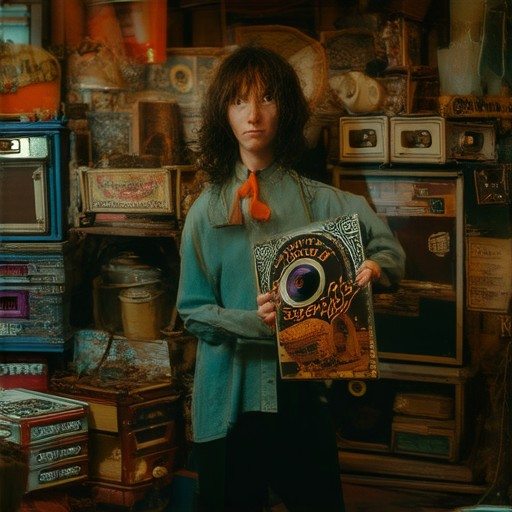
How to Start Collecting Retro Items
1. Identify Your Passion Points
- Determine what era or style appeals to you most—whether it’s vintage fashion, technology, or memorabilia.
- Research popular eras like the 70s, 80s, or 90s to find your niche.
- Consider the types of items you’d like to collect, such as clothing, furniture, or electronics.
2. Find Your Sourcing Channels
- Retro Sales Platforms: Explore websites like RetroSales for curated vintage items.
- Flea markets and thrift stores remain great options for affordable finds.
- Online auction houses like eBay and Poshmark offer diverse options, though be cautious of authenticity.
- Facebook Marketplace and local community groups often have hidden gems.
3. Authenticate Your Finds
- Learn basic authentication techniques for common eras and item types.
- Use certification services like those offered by Etsy to verify authenticity.
- Research historical context and production dates to ensure value.
4. Budget Wisely and Track Collections
- Set a budget and stick to it to avoid overspending.
- Use apps like Poshmark to track and manage your collection.
- Consider insurance for high-value items to protect your investments.
5. Organize and Store Properly
- Use acid-free boxes or archival-quality storage solutions.
- Categorize items by era or type for easier management.
- Store items in a clean, climate-controlled environment to prevent deterioration.
6. Join Community Forums
- Engage with communities like Facebook Vintage Collectors Group for support and insights.
- Follow blogs and podcasts focused on retro culture for inspiration and tips.
- Participate in local meetups or events to connect with fellow enthusiasts.
7. Stay Updated on Trends
- Follow platforms like RetroSales for the latest trends and sales.
- Subscribe to newsletters or follow social media accounts dedicated to vintage shopping.
- Explore books or documentaries on retro culture for deeper understanding.
How to Start Collecting Retro Items
Collecting retro items can be an exciting and rewarding hobby. Here’s a step-by-step guide to help you get started:
- Identify Your Interests
- Determine what type of retro items you’re most passionate about, such as vintage fashion, electronics, or furniture.
- Explore Local and Online Sources
- Visit local thrift stores, flea markets, and antique shops to browse for hidden gems.
- Check online platforms like eBay , Etsy , and Retro Sales for a wider selection.
- Start Small and Affordable
- Begin with budget-friendly items to build your collection gradually without overspending.
- Learn Authentication
- Study how to recognize genuine vintage items to avoid counterfeits and scams.
- Preserve Your Finds
- Use proper storage methods to keep your retro items in great condition, such as acid-free boxes or archival-quality bags.
- Take high-quality photos and document the history of each item for future reference.
- Join a Community
- Connect with other retro collectors online or in-person through forums, social media groups, or local meetups.
- Set a Budget and Stay Disciplined
- Create a monthly budget for retro purchases and stick to it to avoid unnecessary spending.
- Know When to Stop
- Don’t let perfectionism take over. Enjoy the process and be mindful of your spending habits.
- Stay Informed
- Follow retro lifestyle blogs, watch videos on vintage restoration, and keep up with trends in the collector community.
- Consider Specialized Events
- Attend local retro fairs, swap meets, or estate sales to find rare and unique items.
- Evaluate Your Purpose
- Reflect on why you’re collecting retro items—whether for personal enjoyment, investment, or passion.
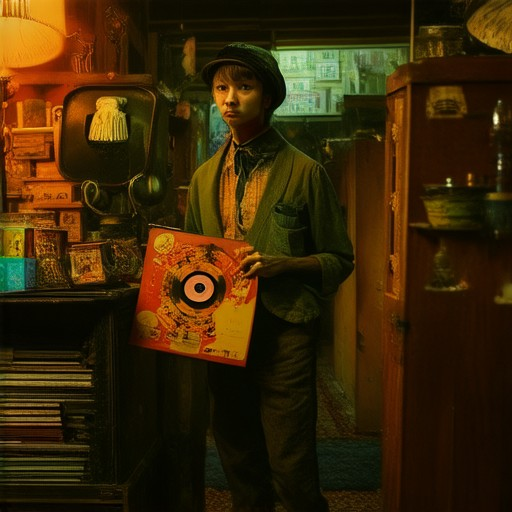
How to Get Started Collecting Retro Collectibles
Retro collectibles are a fascinating way to connect with the past and build a unique portfolio of memorabilia. Here’s a step-by-step guide to help you get started:
- Understand Retro Collectibles
- Find Resources and Platforms
- Set a Budget
- Identify Your Interests
- Engage with Communities
- Visit Local Stores and Fairs
- Stay Updated on Trends
- Consider Long-Term Goals
- Document and Share Your Journey
- Patient and Persistent
Retro collectibles encompass a wide range of items from previous decades that have gained popularity due to nostalgia and cultural revivals. Common examples include vinyl records, vintage clothing, classic toys, and historical memorabilia.
To begin, explore platforms like Retro Sales , Etsy, eBay, and Facebook Marketplace. These sites offer a variety of retro items and communities.
Start by determining your budget. Allocate funds for purchasing items and consider setting aside a portion of your income each month for retro finds.
Focus on areas you’re passionate about. Whether it’s music, film, fashion, or technology, narrowing your interests will help you target your searches and builds a cohesive collection.
Join forums like Reddit’s r/vintage or r/retrocollectors, or local community groups on Facebook. These spaces offer advice, resources, and opportunities to connect with fellow enthusiasts.
Explore local shops specializing in retro goods. Attend pop culture conventions or flea markets where vendors often sell vintage items. This can also be a great way to network with other collectors.
Keep an eye on emerging trends and popular items in the retro scene. Following blogs, influencers, or newsletters dedicated to retro culture can help you discover what’s in demand.
Think about whether you’re building a collection for personal enjoyment or eventual resale. This can influence your purchasing decisions and priorities.
Take photos and document your finds. Sharing your collection on social media or blogs can connect you with others and inspire new discoveries.
Collecting retro items can be challenging, with rare pieces often selling quickly. Stay patient, persistent, and enjoy the process of uncovering unique finds.
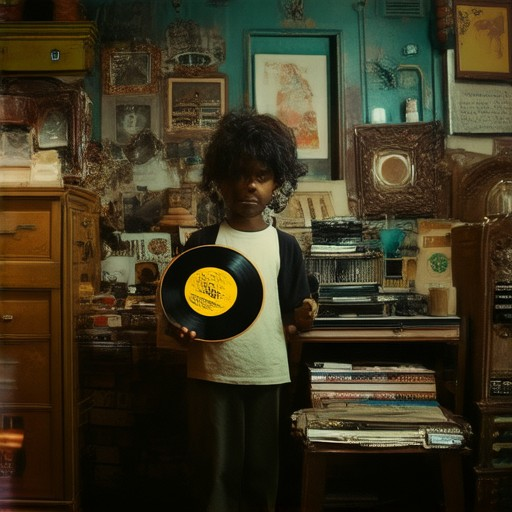
Starting a Retro Collectible Collection: A Step-by-Step Guide
Curious about diving into the world of retro collectibles? Here are some expert tips to help you get started:
1. Set Your Budget and Priorities
Before jumping into collecting, decide how much you’re willing to spend and what types of items you’re most interested in. Whether it’s vinyl records, vintage clothing, or nostalgic decor, having a budget will keep your spending under control.
2. Research Values and Trends
Learn about the value of retro items by checking market trends and historical data. Platforms like Retro Sales offer valuable insights into what’s popular and how to identify authentic pieces. Stay updated on emerging trends to find hidden gems.
3. Build a Strong Foundation
Start with affordable items to build your collection without breaking the bank. Look for local flea markets, antique stores, or online platforms like Etsy and eBay where you can find unique pieces at reasonable prices.
4. Learn About Authenticity
Knowing how to spot genuine retro items is crucial. Practice distinguishing between originals and reproductions. For example, vintage clothing may have wear marks or unique stitching patterns that indicate age.
5. Join Collecting Communities
Engage with fellow enthusiasts by joining forums, groups, or clubs dedicated to retro collectibles. Websites like Reddit or specialized forums can provide valuable advice and connections. Events like Retro Sales events can also offer networking opportunities.
6. Stay Curious and Keep Learning
The world of retro collectibles is vast and ever-evolving. Continuously explore new genres, eras, and regions to discover unique pieces. Follow blogs, watch videos, and read articles to stay informed about the latest trends and market developments.
7. Invest in Quality Storage
Protect your investments by storing your collectibles safely. Use acid-free boxes, archival-quality sleeves, and proper storage methods to prevent damage from light, moisture, and pests.
8. Share and Trade with Others
Become part of the retro community by sharing your finds and swapping with others. This not only helps you grow your collection but also builds lasting friendships with like-minded individuals.
9. Stay Patient and Enjoy the Journey
Collecting takes time and effort, so enjoy the process. Every piece you acquire tells a story, contributing to your personal history of nostalgia and discovery.
By following these tips, you’ll be well on your way to building a meaningful retro collectible collection. Happy hunting!
First Steps to Get Started with Retro Collectibles
Retro collectibles offer a fascinating window into the past, blending nostalgia with valuable historical artifacts. Starting your journey begins with a clear understanding of your interests and goals. Here’s a structured approach to begin:
- Define Your Niche : Identify what piques your interest—vintage toys, gaming consoles, memorabilia, or something else. Knowing your focus helps tailor your efforts and budget.
- Set Clear Goals : Determine why you’re collecting. Are you driven by passion, investment potential, or both? This clarity guides your purchasing decisions and priorities.
- Explore Reliable Sources : Discover authentic pieces through platforms like Retro Sales , online auctions, specialized forums, and local sales. These avenues offer diverse options and communities.
- Verify Authenticity : Ensure items are genuine by seeking certifications and consulting with experienced collectors or forums. Preservation techniques like proper storage and cleaning are essential to maintain value.
- Budget Wisely : Allocate funds carefully, tracking expenses to stay within limits. This prevents overspending and allows for strategic acquisitions.
- Engage with Communities : Join forums, groups, and clubs to gain insights, support, and guidance from seasoned collectors. This network provides invaluable advice and opportunities.
- Stay Updated : Monitor market trends via blogs, newsletters, and social media. Understanding fluctuations in demand and value is crucial for informed decision-making.
- Patiently Build Your Collection : Collecting takes time. Start small, allowing yourself to learn and grow without pressure. Enjoy the journey, embracing the challenges and rewards alike.
By following these steps, you can embark on a rewarding retro collectibles journey, thoughtfully curating a collection that resonates with your passions and interests.
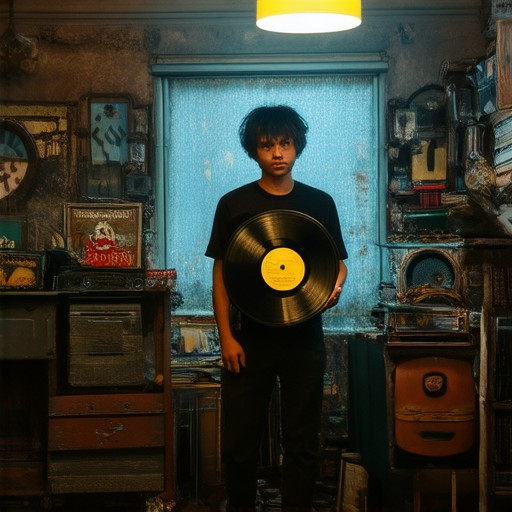
Exploring Retro Collectibles
Retro collectibles offer a fascinating window into the past, blending nostalgia with unique finds. Here are the best ways to dive into this intriguing world:
-
Visit Curated Platforms
Elevate your hunt by exploring platforms dedicated to retro goods. Sites like RetroSales specialize in vintage items, offering a diverse range of collectibles from fashion to furniture. These platforms often feature meticulously curated selections, making it easier to discover hidden gems.
-
Attend Vintage Fairs and Events
Engage with fellow enthusiasts at local or international events. These gatherings not only showcase rare pieces but also foster connections with knowledgeable collectors. Events like Oxford Vintage Fair are renowned for their eclectic offerings and vibrant atmosphere.
-
Shop at Thrift Stores
Thrift stores remain a treasure trove for retro enthusiasts. While big names like Goodwill are well-known, smaller, locally-run shops often hide unique finds. Keep an eye out for vintage clothing, accessories, and home decor that tell stories of eras past.
-
Explore Nostalgic Retailers
Stores like Mercado-Lorca and Pastime Fairs cater specifically to retro lovers. Their inventory is carefully selected to reflect timeless style, making them a go-to destination for authentic pieces.
-
Join Online Communities
Engage with communities like Vintage Lovers on Facebook or forums such as Reddit’s r/vintage. These groups provide valuable insights, recommendations, and even alert members to upcoming sales or events.
-
Utilize Auction Houses
Auction houses like eBay and specialized platforms like Heritage Auctions offer a vast array of retro items. While browsing, set up alerts to track specific pieces or categories that interest you.
-
Follow Influencers and Bloggers
Stay updated on the latest trends and finds by following influencers and bloggers who specialize in retro fashion and collectibles. Platforms like Instagram and YouTube are great for discovering unique pieces and learning about emerging trends in the market.
Remember to approach your collecting journey with patience and a keen eye for detail. The allure of retro collectibles lies in their storytelling potential and the joy of bringing forgotten treasures back to life.
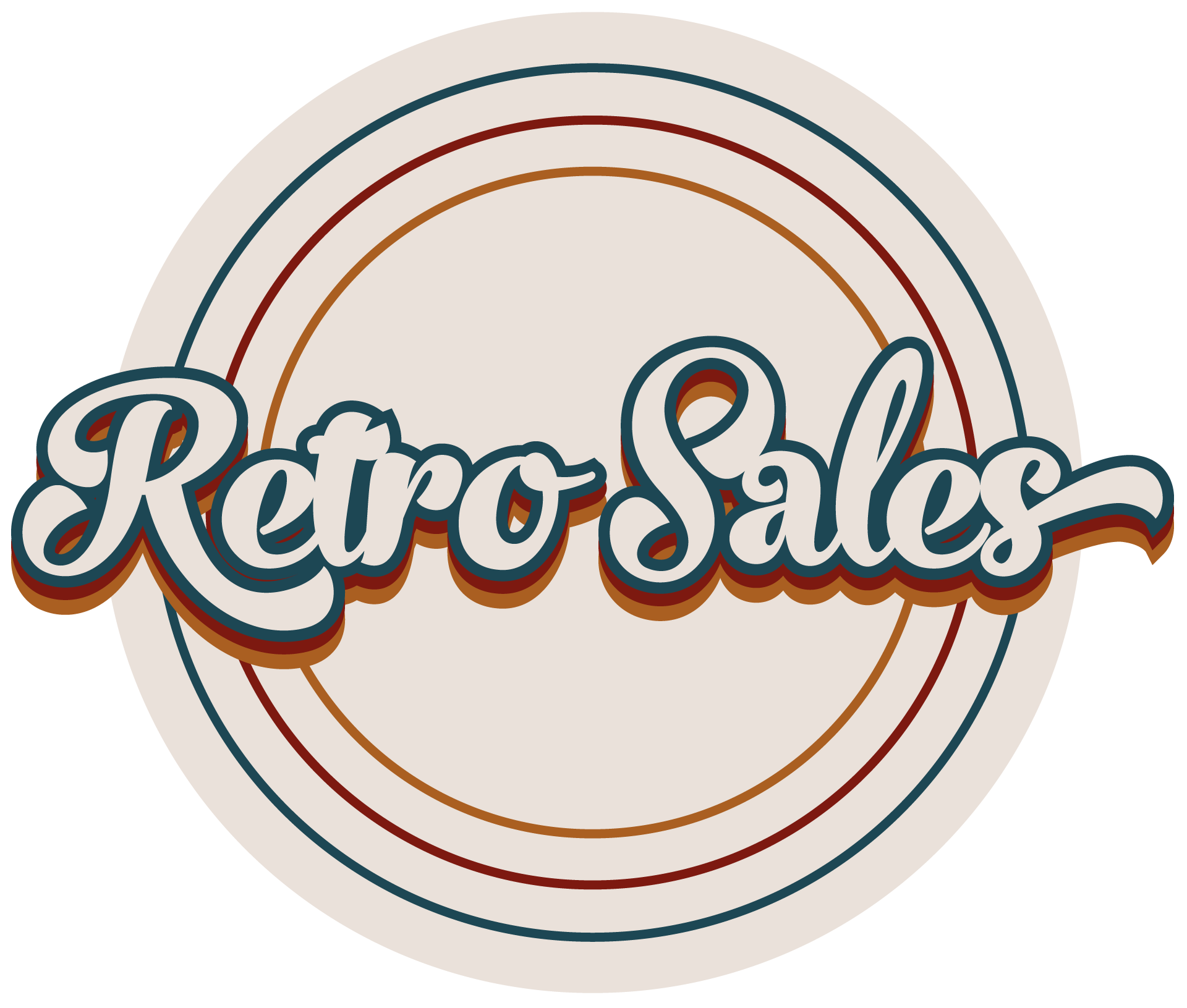
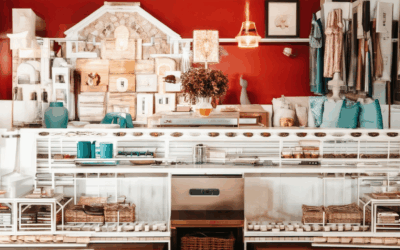
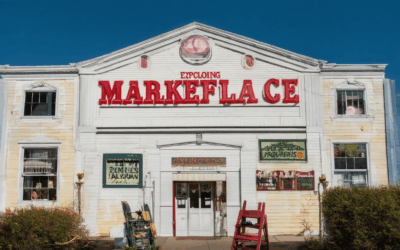
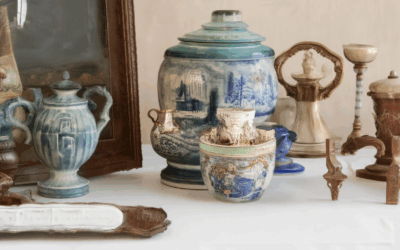
0 Comments